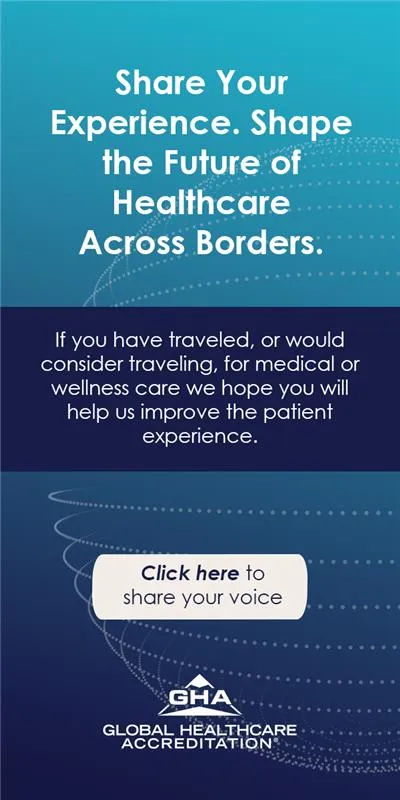In today’s competitive healthcare landscape, providing an exceptional patient experience is crucial for attracting and retaining patients. Effective patient experience training programs are essential for healthcare organizations aiming to enhance service quality and ensure patient satisfaction. This article outlines key strategies for developing and implementing such training programs.
Understanding the Importance of Patient Experience
Patient experience encompasses all aspects of care that patients encounter during their healthcare journey, from appointment scheduling to post-treatment follow-ups. A positive patient experience can lead to higher satisfaction rates, better patient outcomes, and improved loyalty. Conversely, poor experiences can result in negative reviews, reduced patient retention, and potential loss of revenue.
Key Components of Effective Training Programs
- Comprehensive Needs Assessment
- Identify Gaps and Objectives: Start by assessing the current state of patient experience within your organization. Conduct surveys, gather feedback, and analyze patient complaints to identify specific areas needing improvement. Establish clear objectives for what the training program aims to achieve, whether it’s improving communication skills, enhancing empathy, or streamlining processes.
- Customized Training Content
- Tailor to Specific Roles: Develop training content that addresses the unique needs of different roles within the organization. For instance, front-line staff may need training on communication and empathy, while managerial staff might focus on strategic aspects and leadership in patient experience. Tailoring content ensures that the training is relevant and applicable to each participant’s responsibilities.
- Interactive and Engaging Methods
- Utilize Various Formats: Incorporate a mix of training methods to keep participants engaged and enhance learning outcomes. Use interactive workshops, role-playing scenarios, simulations, and case studies to provide practical experience. Online modules and e-learning platforms can also be effective, especially for ongoing training and refresher courses.
- Empathy and Communication Skills
- Focus on Soft Skills: Effective patient experience training should emphasize the importance of empathy and communication. Teach staff to actively listen, show genuine concern, and communicate clearly and compassionately. Role-playing scenarios can help participants practice these skills in a safe environment.
- Continuous Improvement and Feedback
- Regular Evaluations: Implement a system for continuous feedback and improvement. Regularly evaluate the effectiveness of the training program through surveys, performance metrics, and patient feedback. Use this data to make necessary adjustments and ensure the training remains relevant and impactful.
Implementing the Training Program
- Leadership Buy-In and Support
- Secure Commitment: Ensure that organizational leaders are committed to the patient experience training program. Leadership support is crucial for securing resources, promoting the program, and demonstrating its importance to the entire staff.
- Develop a Training Plan
- Set Clear Milestones: Create a detailed training plan outlining objectives, timelines, and responsibilities. Schedule sessions, allocate resources, and prepare necessary materials. Establishing a structured plan helps keep the program on track and ensures that all aspects are covered.
- Train the Trainers
- Prepare Instructors: Select and train instructors who will deliver the training program. These individuals should be knowledgeable, skilled in teaching, and capable of modeling the desired behaviors. Providing instructors with comprehensive training and resources will enhance their effectiveness.
- Monitor and Measure Success
- Track Progress: Implement mechanisms to monitor and measure the success of the training program. Use performance metrics such as patient satisfaction scores, staff feedback, and incident reports to assess improvements. Regularly review these metrics to determine the program’s impact and identify areas for further enhancement.
- Promote a Culture of Excellence
- Foster Ongoing Commitment: Encourage a culture that prioritizes patient experience by integrating the principles of the training program into daily practices. Recognize and reward staff who exemplify exceptional patient care, and continuously reinforce the importance of patient experience in organizational communications.
Benefits of Effective Patient Experience Training
- Enhanced Patient Satisfaction
- Training programs improve patient interactions, leading to higher satisfaction scores and better overall experiences.
- Improved Patient Outcomes
- Effective communication and empathetic care can positively impact patient outcomes, contributing to faster recoveries and fewer complications.
- Increased Patient Retention
- Satisfied patients are more likely to return and recommend the healthcare provider to others, boosting patient retention and attracting new patients.
- Reduced Complaints and Errors
- Training helps reduce the number of complaints and medical errors by improving staff performance and communication skills.
- Stronger Staff Morale
- When staff are equipped with the skills and knowledge to provide excellent care, their job satisfaction and morale typically improve, leading to a more positive work environment.
To conclude, Implementing effective patient experience training programs is essential for healthcare organizations committed to delivering high-quality care and fostering positive patient relationships. By focusing on comprehensive needs assessments, customized training content, interactive methods, and continuous improvement, organizations can enhance patient satisfaction, improve outcomes, and build a strong reputation in the healthcare industry. Investing in patient experience training not only benefits patients but also contributes to a more engaged and motivated healthcare workforce.
4o mini
Streamline your accreditation preparation process today with GHA Clinical Education Services.













